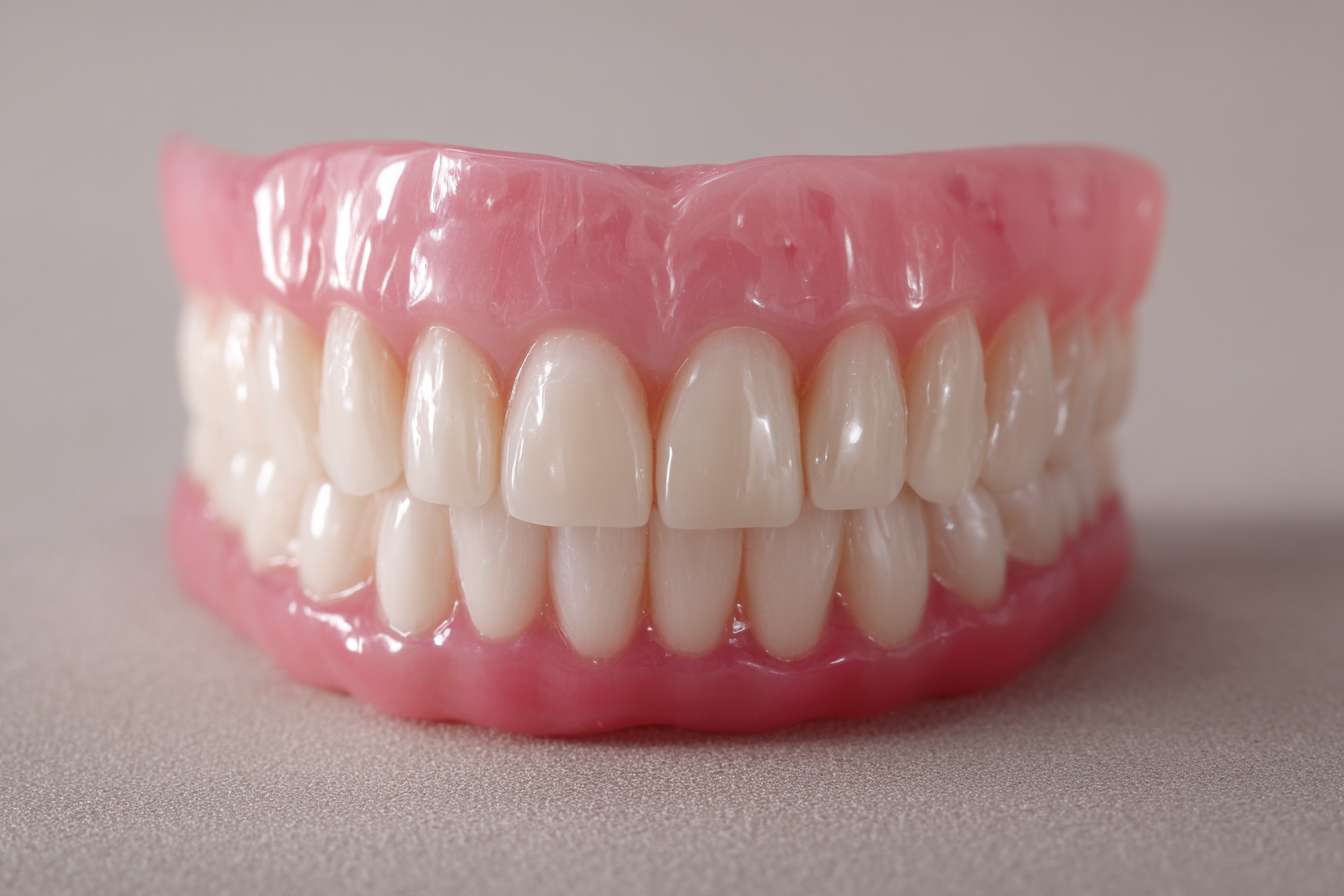A Comprehensive Guide to Dentures: Restoring Your Smile and Confidence
Dentures have long been a reliable solution for those who have lost some or all of their natural teeth. These removable prosthetic devices not only restore the appearance of a full set of teeth but also help improve speech, chewing ability, and overall oral health. In this comprehensive guide, we'll explore the world of dentures, from traditional options to modern innovations like invisible dentures, to help you understand how these dental prosthetics can transform your smile and quality of life.

What types of dentures are available?
There are several types of dentures available to suit different needs and preferences:
-
Conventional Full Dentures: These replace all teeth in the upper or lower jaw and are placed after any remaining teeth have been removed and the gums have healed.
-
Immediate Full Dentures: Similar to conventional full dentures, but placed immediately after tooth extraction, allowing patients to have teeth while their gums heal.
-
Partial Dentures: These replace one or more missing teeth when some natural teeth remain. They attach to existing teeth using metal clasps or precision attachments.
-
Implant-Supported Dentures: These dentures are anchored to dental implants surgically placed in the jawbone, offering increased stability and comfort.
-
Overdentures: These fit over a small number of remaining natural teeth or implants, providing better support and stability than traditional dentures.
How are dentures made and fitted?
The process of getting dentures typically involves several steps:
-
Initial Consultation: Your dentist will examine your mouth and discuss your options.
-
Impressions: Molds of your mouth are taken to create custom-fitted dentures.
-
Measurements: Your dentist will measure your jaw relationships and the space between your upper and lower jaws.
-
Try-on: Wax models of the dentures are created for you to try on and make any necessary adjustments.
-
Fabrication: The final dentures are created based on the approved wax model.
-
Fitting: Your dentist will fit the dentures and make any final adjustments for comfort and fit.
-
Follow-up Appointments: Regular check-ups ensure proper fit and function of your dentures.
What are invisible dentures and how do they differ from traditional options?
Invisible dentures, also known as flexible dentures, are a modern alternative to traditional acrylic or metal dentures. They are made from a thin, flexible thermoplastic material that is nearly invisible when worn. Some key differences include:
-
Aesthetics: Invisible dentures blend more seamlessly with your natural gums and are less noticeable when smiling or speaking.
-
Comfort: The flexible material conforms better to your mouth’s contours, providing a more comfortable fit.
-
Durability: Flexible dentures are less likely to break if dropped and can withstand more wear and tear.
-
No Metal Clasps: They don’t require metal clasps, making them more comfortable and aesthetically pleasing.
-
Hypoallergenic: The materials used in invisible dentures are less likely to cause allergic reactions.
How much do dentures cost and what factors affect pricing?
The cost of dentures can vary widely depending on several factors:
-
Type of Dentures: Full dentures typically cost more than partial dentures, while implant-supported dentures are generally the most expensive option.
-
Materials Used: Higher-quality materials and more natural-looking teeth will increase the cost.
-
Customization: The level of customization and number of fittings required can affect the price.
-
Geographic Location: Prices can vary significantly depending on where you live and the local cost of dental services.
-
Additional Procedures: Tooth extractions, bone grafting, or implant placement will add to the overall cost.
| Type of Dentures | Average Cost Range (USD) | Key Features |
|---|---|---|
| Full Conventional Dentures | $1,000 - $3,000 per arch | Replace all teeth in upper or lower jaw |
| Partial Dentures | $700 - $1,800 | Replace some missing teeth |
| Implant-Supported Dentures | $7,000 - $90,000 | Anchored to dental implants for stability |
| Invisible/Flexible Dentures | $700 - $3,000 | More comfortable, aesthetically pleasing |
Prices, rates, or cost estimates mentioned in this article are based on the latest available information but may change over time. Independent research is advised before making financial decisions.
How to care for and maintain your dentures
Proper care and maintenance of your dentures are crucial for their longevity and your oral health:
-
Clean daily: Brush your dentures with a soft-bristled brush and non-abrasive denture cleaner.
-
Rinse after meals: Remove and rinse your dentures after eating to remove food particles.
-
Handle with care: Place a towel in the sink when cleaning to prevent damage if dropped.
-
Soak overnight: Keep dentures moist by soaking them in water or a denture-soaking solution.
-
Regular check-ups: Visit your dentist regularly for professional cleaning and to ensure proper fit.
-
Avoid hot water: Don’t use hot or boiling water, as it can warp your dentures.
-
Be careful with adhesives: Use denture adhesives sparingly and as directed by your dentist.
Dentures can significantly improve the quality of life for those missing teeth, restoring both function and aesthetics. With various options available, including traditional and invisible dentures, there’s a solution for every need and budget. By understanding the different types, costs, and care requirements, you can make an informed decision about which denture option is best for you, ultimately leading to a confident and healthy smile.
This article is for informational purposes only and should not be considered medical advice. Please consult a qualified healthcare professional for personalized guidance and treatment.




